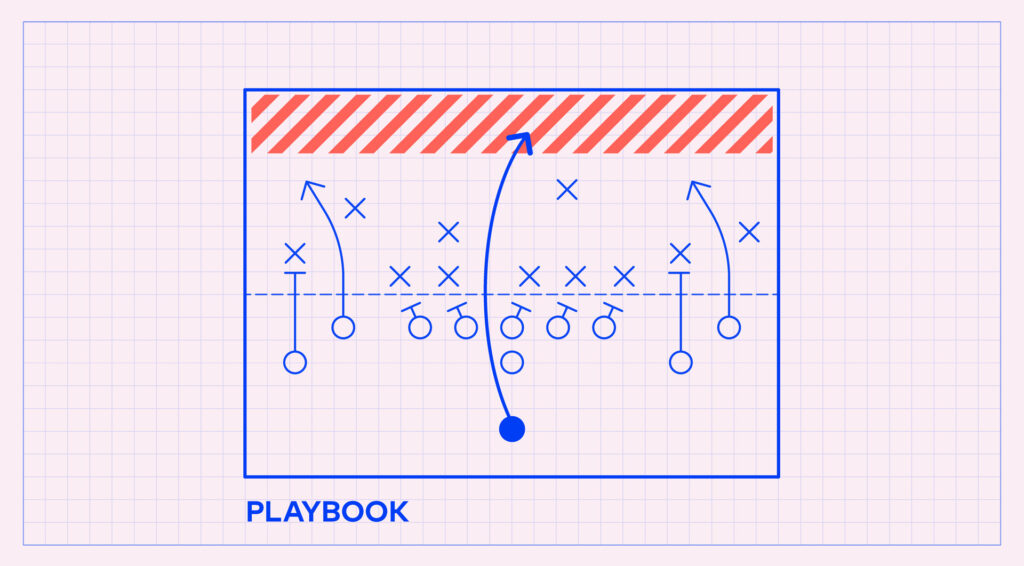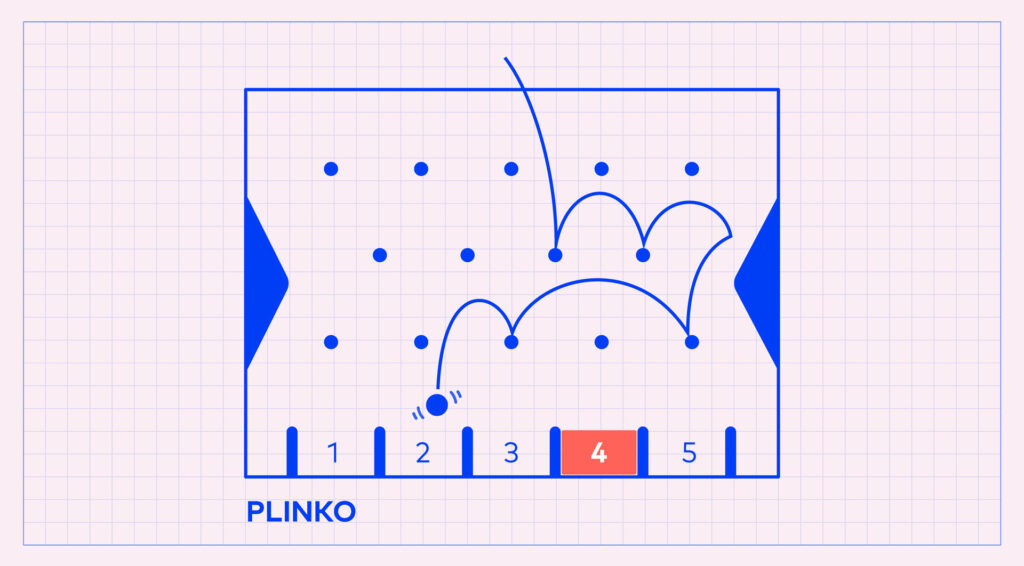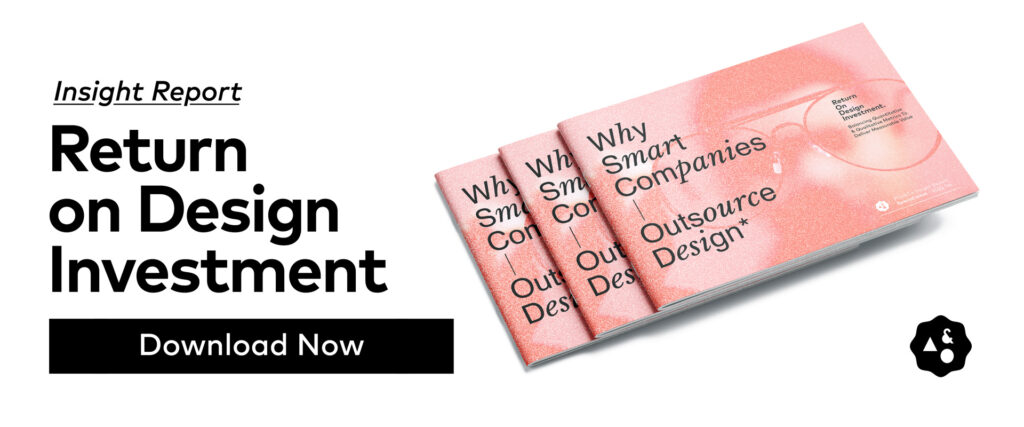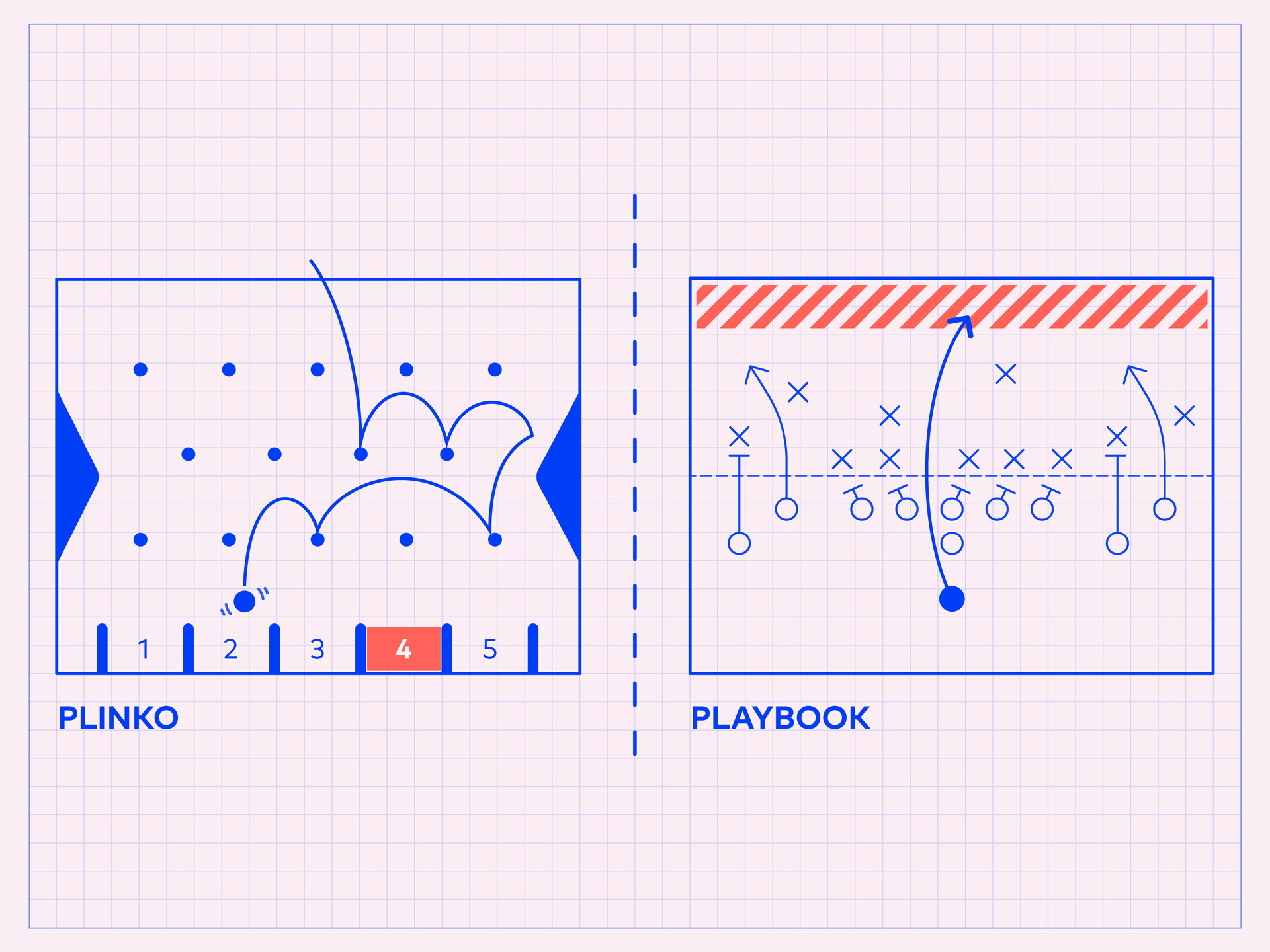“Lead, follow, or get out of the way.”
— Thomas Paine
Staying innovative in a fast-paced marketplace, creativity—and how it’s organizationally structured—plays a vital role in the success of any product. Creative Leadership and Creative Reaction are two different approaches to handling creativity in the field. Creative Leadership involves a quantitative and qualitative approach that anticipates product success in the marketplace. On the other hand, Creative Reaction is when organizations focus only on quantitative design metrics and measure the results of design's effort after the fact — ultimately leading to less-predictable outcomes.
Creative Leadership Builds Cultures of True Innovation
Creative leadership involves a proactive approach to product development. It combines both qualitative and quantitative design metrics to anticipate market and user needs. Quantitative design metrics include factors such as cost, quality, and time-to-market, while qualitative design metrics include factors such as user experience, aesthetics, and emotional appeal. By balancing these metrics, companies can better anticipate market and user needs, resulting in a higher chance of product success.
More importantly, Creative Leadership also stimulates cross-functional alignment and collaborative cultures within organizations. It encourages resourceful teamwork, fosters progressive mindsets & lateral thinking, and establishes a foundation for repetitive organizational innovation. Companies or design teams that adopt this approach have been proven to continuously improve their product offerings and stay ahead of their competition.
Creating the space (physical and philosophical) for diverse perspectives, experiences, and expert knowledge to come together and collaborate is critical. There must be space to challenge, explore, and fail without consequence. There is no innovation or creativity without failure, but you must protect the process by reducing the cost of failure.
“Creative work isn’t innovation all the time. Experience gives an archive to draw from.”
- Rick Rubin
"Creative Reaction" Fosters an Undesirable Creative Culture that Resembles a Plinko Game
In contrast, Creative Reaction is a reactive approach to product development. This approach only focuses on quantitative design metrics and measures the results of the design's effort after the fact. It involves looking backward to plan forward, which often misses opportunities for new products or business value. This approach can be seen as complacent, and it creates a false sense of security that can expose businesses to disruptive competition. If you don’t put yourself out of business, someone else will.
Creative Reaction can also result in a lack of innovation within organizations. Without a proactive approach to product development, companies may fall behind their competitors in terms of product offerings. This often leads to a loss of market share and revenue. Additionally, organizations that adopt this approach may struggle to pivot quickly when necessary, resulting in a lower chance of long-term success.
Finally, Creative Reaction can result in a lower chance of long-term success for organizations. By focusing solely on short-term quantitative design metrics, organizations may overlook the importance of anticipating market and user needs and fail to develop a culture of innovation and creativity. This can lead to a lack of differentiation and competitiveness, making it difficult for organizations to stay relevant and successful in the long term.

The Best Defense is a Good Offense: The Advantages of a Creative Leadership Playbook
Creative leadership has several advantages over Creative Reaction in the field of industrial design and product development. One of the key advantages is that it promotes a proactive approach to product development that anticipates market and user needs. By focusing on both quantitative and qualitative design metrics, Creative Leadership enables companies to create products that meet consumer demands and preferences. This proactive approach can also help organizations stay ahead of their competitors and avoid being disrupted by new market entrants.
So — why do fewer companies embrace a Creative Leadership mindset than a Creative Reaction mindset?
Because it’s harder to master—but the upsides are undeniable—particularly:
A blueprint for cross-functional collaboration and innovation
A Creative Leadership mindset fosters a culture of innovation and collaboration within organizations. By promoting cross-functional alignment and resourceful teamwork, Creative Leadership encourages individuals to work together to solve complex problems and generate new ideas. This collaborative culture can help organizations break down silos and encourage diverse perspectives and approaches to problem-solving, leading to more creative and innovative solutions.
- Tangible benefits: Cross-functional collaboration and innovation can lead to faster and more accurate problem-solving. By bringing together a diverse group of minds to work on a single problem or challenge, new ideas and approaches can be generated, potentially leading to the creation of intellectual property.
- The Creative Leadership role: Serve as a catalyst for bringing people together by providing tools to frame problem statements and identify opportunity areas. The team then collaborates to define strategic and tactical paths forward to address these challenges.
Promotes a progressive mindset within the organization
Creative Leadership promotes a progressive mindset within organizations. This means that individuals are encouraged to think outside the box and challenge the status quo. By promoting a culture of experimentation and risk-taking, Creative Leadership enables organizations to generate new and innovative ideas that can transform the industry.
- Tangible benefits: Innovation is not limited to a specific department or role within an organization. Great, disruptive, and valuable ideas can come from anyone, whether they are in engineering, marketing, business, or HR. By encouraging collaboration and open communication, an organization can harness the diverse perspectives and expertise of its employees to drive innovation and growth.
- The Creative Leadership role: As a catalyst and educator, the goal is to inspire the wider team to embrace progressive mindsets and approaches to their work. This involves providing guidance and training on new tools, processes, and technologies to help drive innovation and efficiency. By sharing knowledge and promoting a culture of continuous learning, the team can work together to achieve common goals and create new opportunities for growth.
Future-proofing the organization
Finally, Creative Leadership encourages the development of creative leaders within organizations by championing a culture of creativity. By promoting Creative Leadership skills and providing opportunities for growth and development, organizations can build a pipeline of innovative and effective leaders. This not only benefits the organization but also provides individuals with opportunities for continued learning, experience, and exposure to diverse thinking.
“Often, the most innovative ideas come from those who master the rules to such a degree that they can see past them or from those who never learned them at all. The most deceptive rules are not the ones we can see, but the ones we can’t.”
- Rick Rubin

Creative Reaction Leads to Missed Opportunities and Market Vulnerability
Creative reaction, in contrast to Creative Leadership, has several disadvantages in the field of industrial design and product development. One of the main disadvantages is that it takes a reactive approach to product development. Rather than anticipating market and user needs, organizations that adopt a Creative Reaction approach only measure the results of their design efforts after the fact. This approach can result in missed opportunities for new products or business value, leading to a lack of innovation. Finally, it can foster panic, confusion, and uncertainty across the team — potentially encouraging toxic leadership and mindsets.
Corporate complacency
Another disadvantage of Creative Reaction is that it can create a false sense of security within organizations. When companies focus solely on quantitative design metrics, they may become complacent with their existing product offerings and assume that they are meeting customer needs. However, this mindset can leave companies vulnerable to disruptive competition and overlook opportunities for improvement and innovation.
Isolated workstreams and siloed organizations
Furthermore, organizations that adopt a Creative Reaction approach may miss out on the benefits of collaboration and teamwork. Rather than promoting cross-functional alignment and resourceful teamwork, organizations may adopt a siloed approach to product development that limits creativity and innovation. This lack of collaboration can hinder an organization's ability to generate new ideas and solve complex problems.
Short-term mindsets: a race to the bottom
Finally, Creative Reaction can result in a lower chance of long-term success for organizations. By focusing solely on short-term quantitative design metrics, organizations may overlook the importance of anticipating market and user needs and fail to develop a culture of innovation and creativity. This can lead to a lack of differentiation and competitiveness, making it difficult for organizations to stay relevant and successful in the long term.
“Most people in collaborations want their idea to win, but that’s not a good collaboration. It doesn’t matter at all. All that matters is that the final result is the best thing it can be. If you have an idea and it leads to the best thing that it can be, that’s great, and if someone else has an idea and it leads to be the best thing it could be, it’s just as good. Only the ego cares about whether it’s your idea or not.”
- Rick Rubin
Effective Creative Leadership Comes From Strategic Anticipation Over Tactical Reactions
Companies that adopt a Creative Leadership approach to product development are more likely to be successful in the long term — and the data now shows it. By balancing quantitative and qualitative design metrics and anticipating market and user needs, organizations that embrace Creative Leadership are continuously improving their product offerings and increasing their lead over the competition. In contrast, companies that adopt a Creative Reaction approach risk falling behind their competitors and losing market share and revenue — potentially threatening the very existence of design teams or an entire organization.
Ultimately, organizations should strive to adopt a Creative Leadership approach to product development to ensure their long-term success. This involves a proactive approach to product development that balances quantitative and qualitative design metrics, promotes cross-functional alignment and collaborative cultures, encourages resourceful teamwork, fosters progressive mindsets, and promotes Creative Leadership. By doing so, companies can continuously improve their product offerings and stay ahead of their competition.
Learn more about how return on design investment can be shaped with a Creative Leadership playbook in our Why Smart Companies Outsource Design: A Return on Design Investment Guide from Play&Co.
Want to learn more about how Play&Co services can help establish Creative Leadership at your organization? Get in touch!





